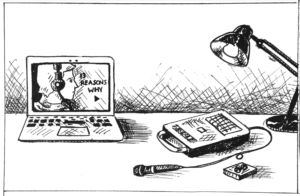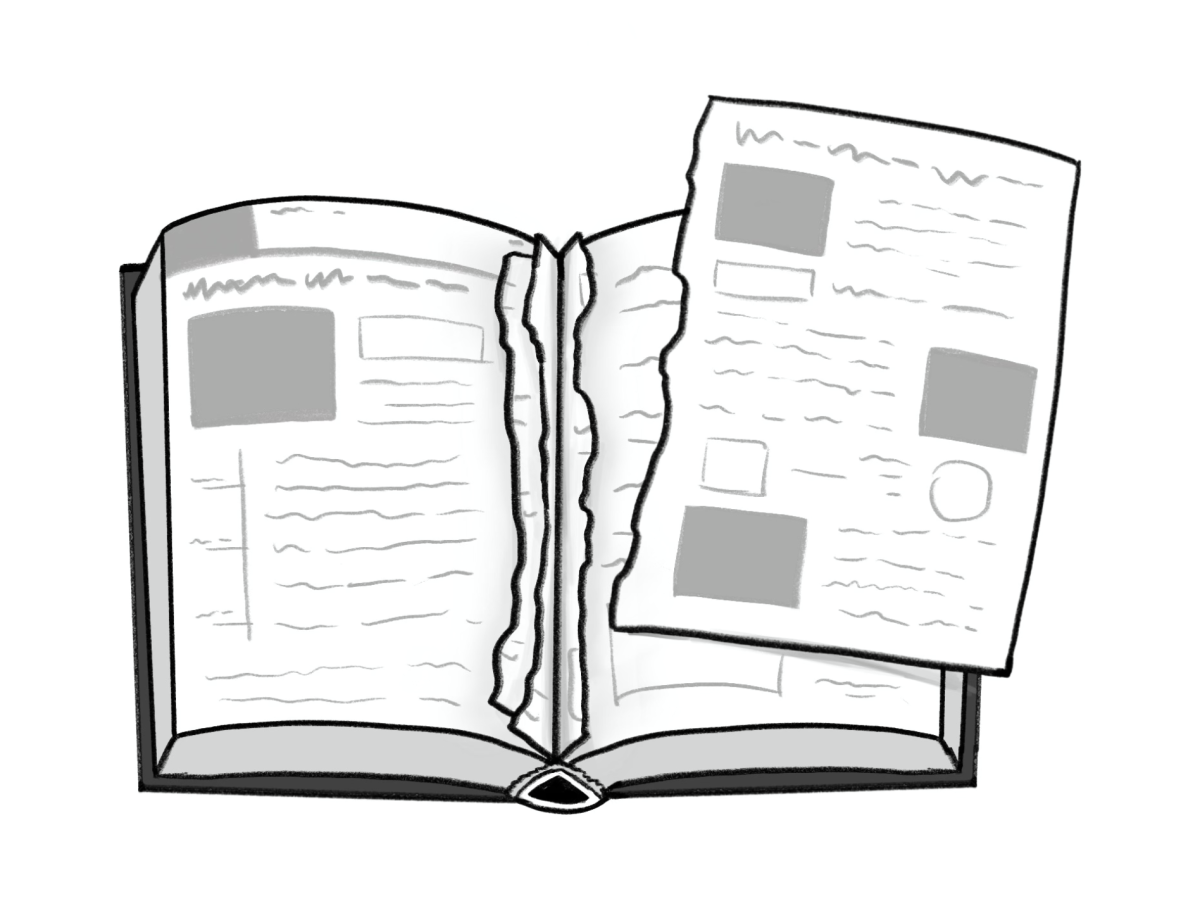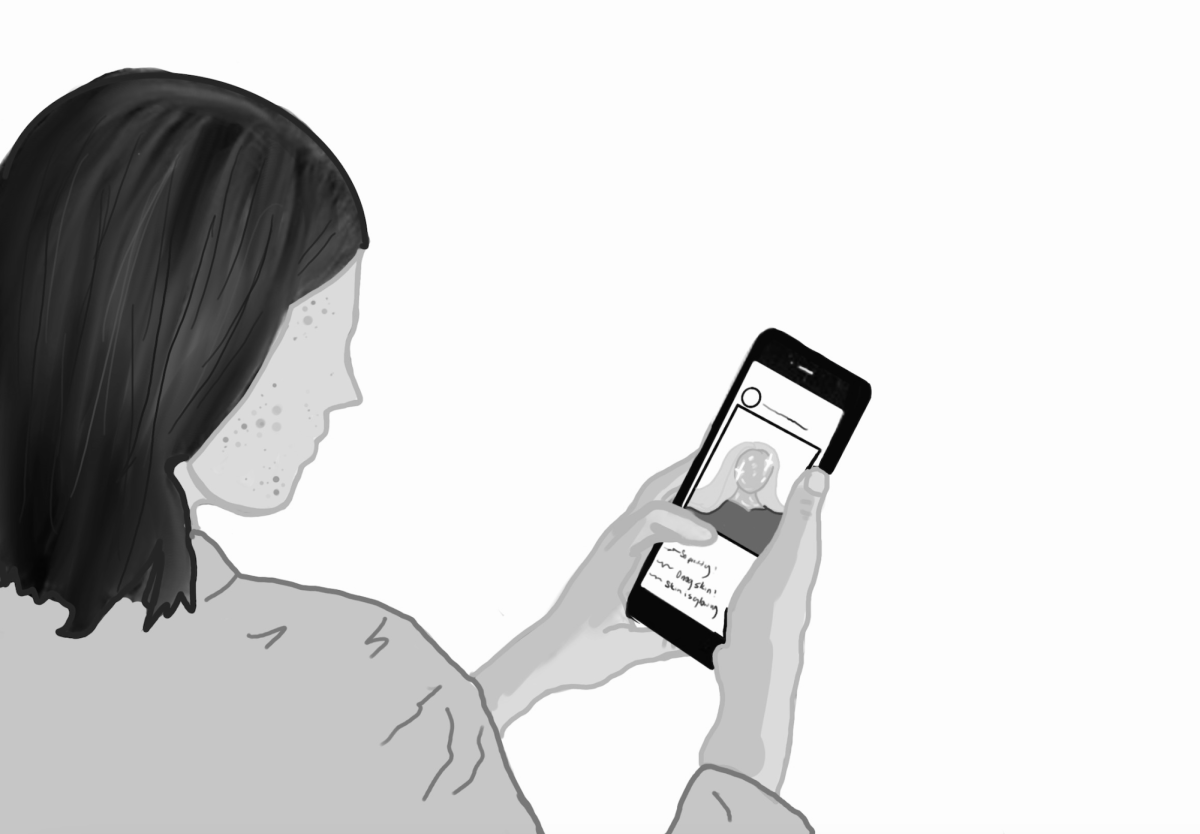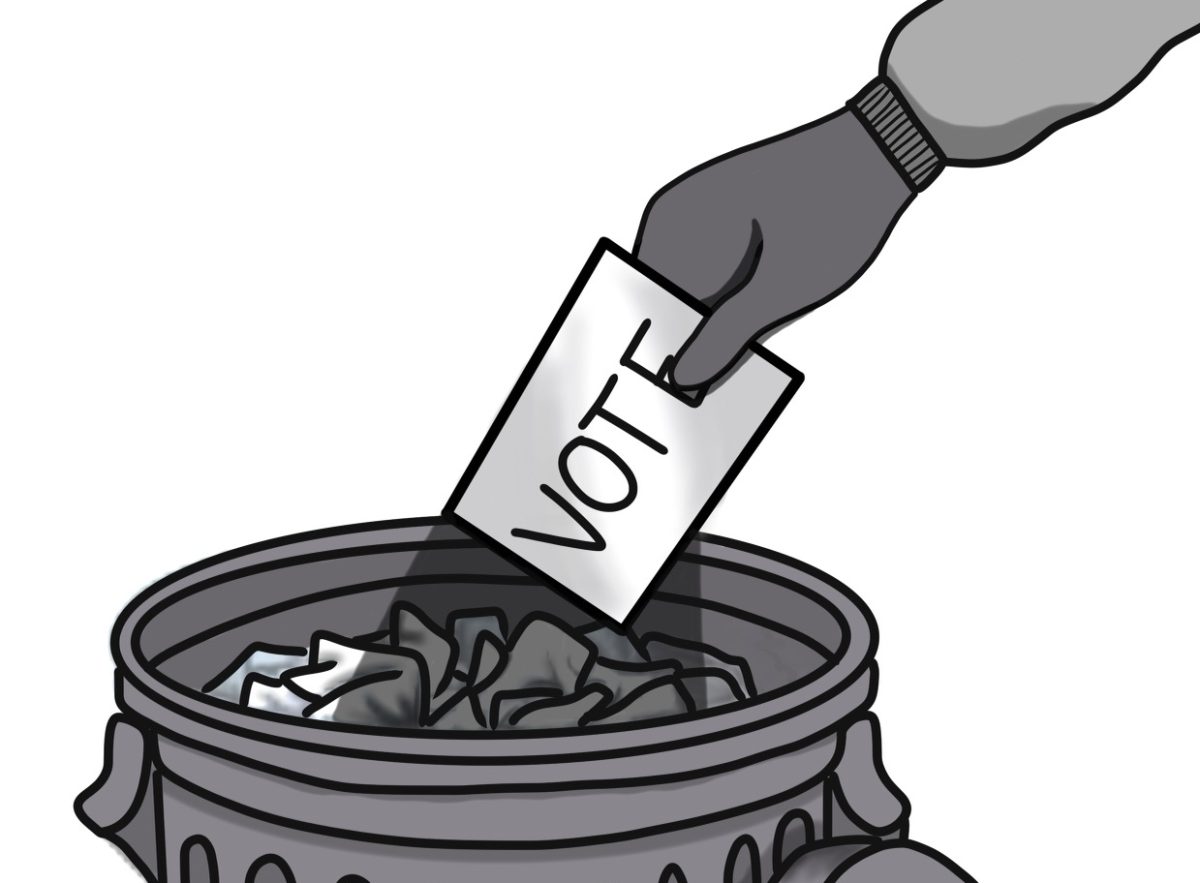Like many Redwood students, I remember when I first read “13 Reasons Why” by Jay Asher, a book about a girl named Hannah Baker who commits suicide and leaves 13 tapes (each one about a specific person) explaining why she chose to kill herself. I was only 10 when I read the book, and at the time I did not fully grasp the book’s heavy topics of bullying and sexual assault. After finishing the book, I didn’t think of it again until I heard that filming for the Netflix adaptation of “13 Reasons Why” was going to be taking place in San Rafael.
It has been about two months since the Netflix release of “13 Reasons Why,” and if you’ve been keeping up with the news, you know that the show has been a hot topic. The show has already caused an abundance of memes (“Welcome to your tape”), theories about the ambiguous ending and, most importantly, discussions about mental health issues and suicide.
After watching “13 Reasons Why,” I agree with the many other mental health experts who have spoken out about how the show romanticizes suicide and has the potential to cause copycat suicide, which is when an individual mimics a suicide they learn about through some form of media. The show also fails to discuss depression and any other mental health disorders that often cause suicide, which in turn makes Hannah’s choice to commit suicide seem black and white.
Wesley Cedros, the Senior Director of Student Services in the Tamalpais Union High School, emailed all TUHSD families regarding the show and wrote, “[The district’s] student services staff, including school counselors, school psychologists, administrators and wellness staff, have reported that a number of students have sought support after watching the series. The graphic depictions of bullying, sexual harassment, sexual assault, rape, and suicide have proven to be very triggering, especially for our students who have experienced or witnessed any of these tough issues in their own lives or who are currently struggling with emotional or social challenges.”

Cedros expressed concern throughout the email that the popular Netflix show is not accurately depicting suicide and mental health disorders that often lead to suicide, such as depression.
The show’s dangerous association of suicide with revenge is one of the main reasons why the portrayal of Hannah’s suicide and its aftermath is sugar-coated. This is shown through Hannah getting justice after her death (by leaving the tapes) and damaging the lives of students who carelessly hurt and abused her. Throughout the series, as more lies come to light and new emotions arise, the viewer can see how Hannah has shown her fellow peers why they are responsible for her death, therefore making her suicide more impactful to others.
But in reality, suicide is not that simple.
According to the National Alliance on Mental Illness, 90 percent of individuals who die by suicide have experienced mental illness. In the show, common mental illnesses such as depression are never mentioned and Hannah’s choice to commit suicide is seen as unavoidable when the school advisor tells the main character, Clay, that they couldn’t have stopped Hannah. The message that suicide is not preventable or that school faculty and students cannot make a difference is unhealthy and promotes the mentality that suicide is the only way out.
“13 Reasons Why” is the most tweeted-about show of 2017 so far, according to Twitter. It is the intense popularity of the show that causes mental health experts to worry about the “copycat suicide” mindset viewers may adapt.
Increased rates of suicide have occurred up to 10 days following a television report of a suicide, according to the Modeling and Suicide study done in Germany. The copycat suicide phenomenon is what makes the scene when Hannah slits her wrists in the bathtub so controversial. In the book, Clay says that Hannah swallowed pills to kill herself, but in the show Hannah’s suicide is the most graphic scene and watching her bleed out in the bathtub is painful for the viewer. The creators of the Netflix series say that the raw suicide scene was necessary in order to not make suicide alluring and to show the true pain Hannah feels before she dies. However, I believe that if the producers’ main purpose is to educate about suicide then the whole premise of the show is wrong. Suicide is preventable, but the show focuses more on Hannah’s personal retribution instead of the mental illnesses which often cause suicidal thoughts in the first place.
Netflix recently released a statement that, due to concern among viewers, in addition to the TV-MA rating and warnings before episodes containing graphic scenes, they will strengthen the language in the existing warnings and will add a “viewer warning card before the first episode as an extra precaution” for anyone about to start “13 Reasons Why.”
I am not saying the struggles that the characters in “13 Reasons Why” face aren’t realistic; however, I believe that the way Hannah’s suicide is depicted and the process she goes through of blaming her classmates is not authentic. “13 Reasons Why” explores many intense issues high schoolers face such as suicide, rape, bullying, sexual assault, and drug and alcohol usage. However, the show doesn’t properly discuss depression and the other mental health disorders that come hand in hand with these issues. The series’ unbalanced display of suicide triggers is not healthy and may leave some viewers believing that suicide is the only way to fix problems they face. Those who decide to watch the series should not treat it lightly and should also remember that the portrayal of suicide in the show does not accurately depict actual suicide and the mental and emotional struggles that come with it.


















